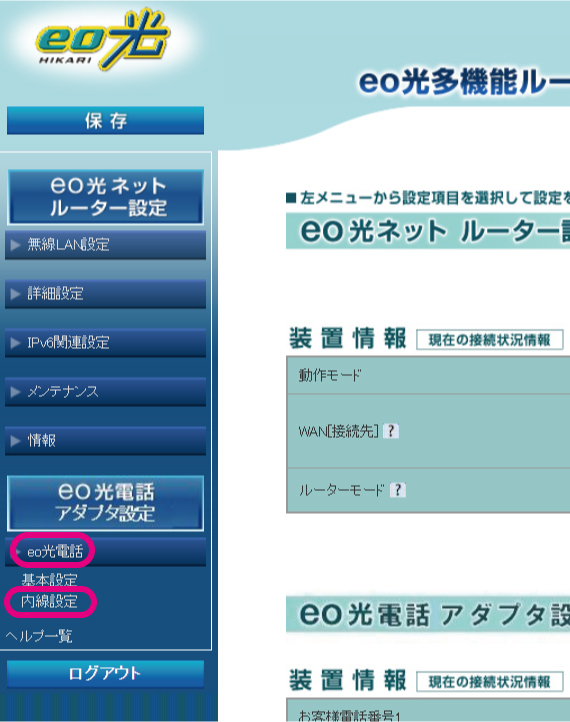

The population label claim from each lot of biological indicators used for validation testing must be verified. atrophaeus spore strips with a population of 106 colony forming units (cfu) per strip are used. niger), a spore forming bacteria with well characterized resistance to the EO sterilization process. The indicator organism is Bacillus atrophaeus (formerly subtilis var. Microbial Challenge – Use of Biological Indicatorsįor the validation study, biological indicators (B.I.s) are used to challenge EO cycles. If sterile samples are not initially available, the B/F samples can be run with the fractional or half-cycles.Ħ sterile samples are required. Sterile samples are required for B/F testing. This type of reaction is caused by certain materials utilized in some medical devices, but can be overcome by modifications to the sterility test procedure. A false negative result allows a nonsterile sample to appear sterile due to inhibition of the microbial growth. This testing will ensure that false negative results will not occur in the sterility test. The procedure that will be used to perform product sterility testing must be validated by means of bacteriostasis/fungistasis testing. The samples should be collected immediately prior to sterilization.ġ0 nonsterile samples from each of three production lots are recommended. The bioburden samples may be selected to represent various production or packaging times. It is most appropriate to sample the production lots that will be used in the three validation cycles. AAMI/ISO recommends the testing of 10 samples from each of three production lots. For most products, aerobic bacteria and fungi bioburden are appropriate.

The bioburden level of the product must be determined.

This study will determine if it is necessary to apply a recovery factor to routine bioburden test results. Recovery Validation using the Repetitive (Exhaustive) Method (5 nonsterile samples are recommended: a minimum of 3 samples are required) -OR- Product Inoculation (Simulated) Method (5 sterile samples are recommended: a minimum of 3 samples are required). Typically validating the bioburden test method involves two phases of testing: adverse substance screening and recovery testing. The method that will be used for routine determination of product bioburden levels must be validated to insure that it is effective in recovering microorganisms from the product and that it allows for adequate growth of the recovered microorganisms. Please submit one sample to Pacific BioLabs for evaluation Bioburden Method Validation The protocol should describe the medical device and specify the test procedures that will be used. Microbial Validation – Sample Processingįor an initial validation, a protocol should be prepared which outlines the overall validation requirements.The sterilizer chamber EO concentration and the chamber and product humidity should also be monitored. The monitored locations should include somewhere product with B.I. During validation cycles, the temperature of the product at several widely distributed locations should be monitored and compared with the chamber control temperature.
#AGEPHONE FOR EO FULL#
The parameters for the fractional, half and full cycles must be established in consultation with the contract sterilizer. Verify equipment status with the contract sterilizer before initiating the validation cycles. Microbial Challenge – Use of Biological IndicatorsĪll EO cycles must be run using sterilization equipment that has been calibrated and for which IQ and OQ processes have been completed.Ethylene Oxide (ETO) Cycle Validation – Microbiological Requirements The overkill method is based on demonstrating that the sterilization of a microbial challenge (biological indicator) exceeds the challenge posed by the bioburden of the product. The overkill method (AAMI/ISO 11135 Method C) is most commonly used when performing an EtO sterilization validation.


 0 kommentar(er)
0 kommentar(er)
